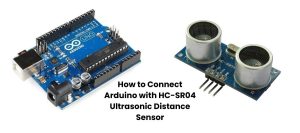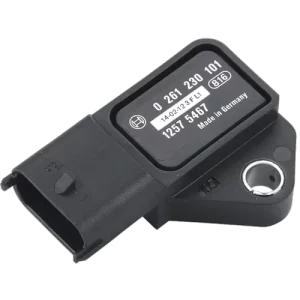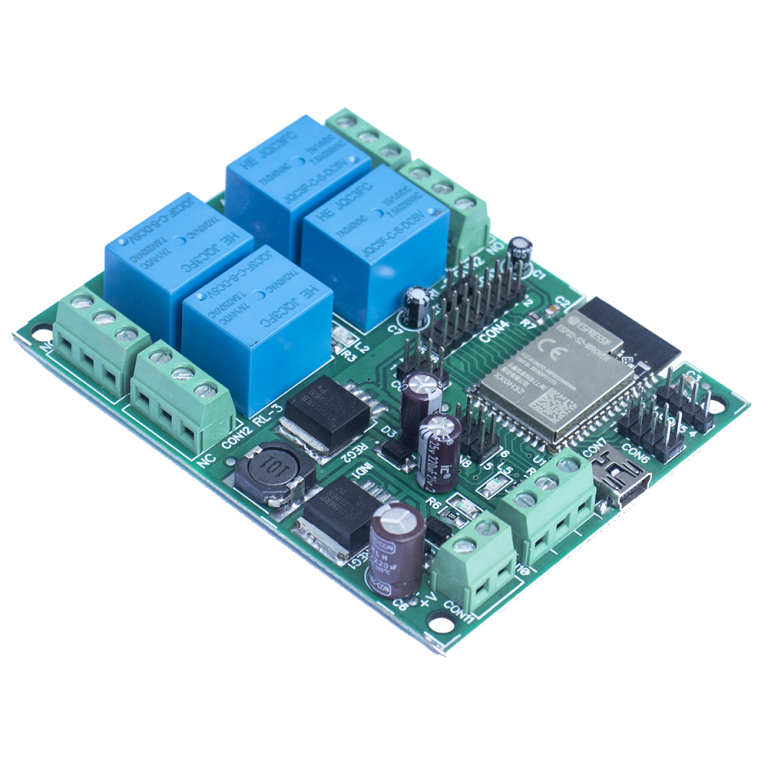Exploring Arduino for Wireless Communication and Networking
Unleashing Arduino’s Potential for Wireless Communication
Arduino proves to be a versatile platform for wireless communication and networking, offering multiple methods to establish seamless connections. Here’s a detailed exploration of how Arduino can be harnessed for wireless communication:
1. Wireless Transmitter and Receiver Modules
Arduino facilitates wireless communication through modules operating at 315 MHz. These modules, compatible with breadboards and microcontrollers, enable the creation of straightforward wireless data links.
2. Arduino Wireless SD Shield
The Arduino Wireless SD Shield extends communication capabilities, allowing Arduino boards to communicate wirelessly using dedicated modules. This shield can cover distances of up to 100 feet indoors or 300 feet outdoors, supporting serial/USB replacement and various broadcast and mesh networking options.
3. HC-12 Wireless Serial Communication Module
Enabling communication between multiple Arduinos, the HC-12 wireless serial communication module establishes wireless links efficiently. This module opens the door to a variety of applications, such as remote-controlled robots and home automation systems.
4. Arduino Uno WiFi
For a self-contained System on a Chip (SoC) solution, the Arduino Uno WiFi integrates a TCP/IP protocol stack, offering WiFi network access or acting as an access point. Supporting Over-the-Air (OTA) programming and compatibility with the Arduino Software (IDE), this option provides versatility in wireless communication.
Popular Wireless Communication Modules
Several wireless communication modules complement Arduino’s capabilities:
- HC-12 SI4463: A compact 100mW transceiver with a range of up to 1000 meters in standard conditions.
- RFM95 LoRa: A long-range wireless communication module operating at 915 MHz, suitable for diverse applications like weather stations and home automation.
- XBee: Widely used for various applications, XBee modules offer different ranges and features, including network capabilities and various frequency bands.
- Nordic Wireless RF: Operating at 256 Kbps, 1 Mbps, and 2 Mbps, this module offers versions with or without antennas for improved battery life or coverage.
- Jeenodes: With advanced features, Jeenodes offer network capabilities, active support, and forums for user queries.
Applications of Wireless Communication Systems
These modules find applications in crafting wireless communication systems for diverse needs, including remote-controlled robots, wireless weather stations, and home automation systems. Given the array of ranges, features, and capabilities, selecting the module that aligns with specific requirements is crucial.
In conclusion, Arduino’s adaptability in wireless communication and networking opens doors to innovative applications. Whether you are delving into robotics, weather monitoring, or home automation, the diverse modules and shields available make Arduino a compelling choice for creating effective and efficient wireless systems.
You may also like:
How can Arduino be used for data acquisition and control systems?
What are the applications of Arduino in robotics and home automation?


















